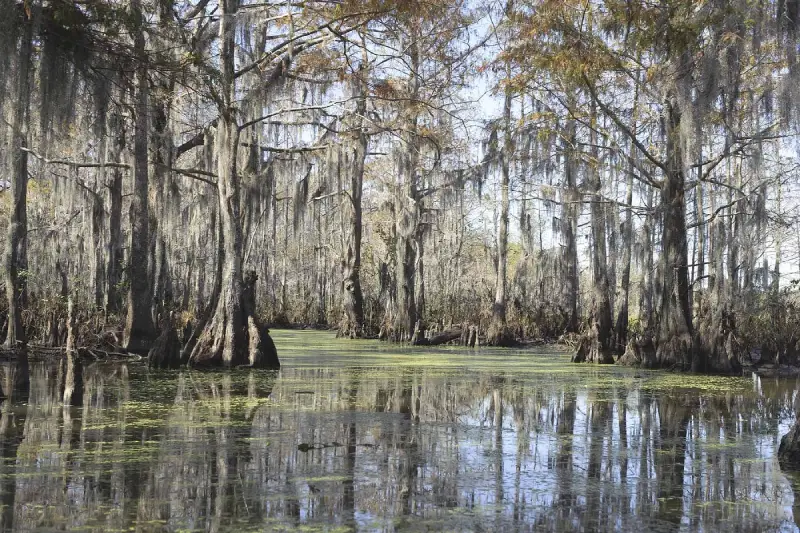The world is a vast and diverse place full of dark tourism spots, and its place names reflect a rich tapestry of history, culture, and sometimes, a rather morbid fascination. Venture with us on a journey through ten locations around the globe that have names that send shivers down the spine, pique curiosity, and whisper tales of mystery and misfortune.
Macabre Geography: Creepy Place Names
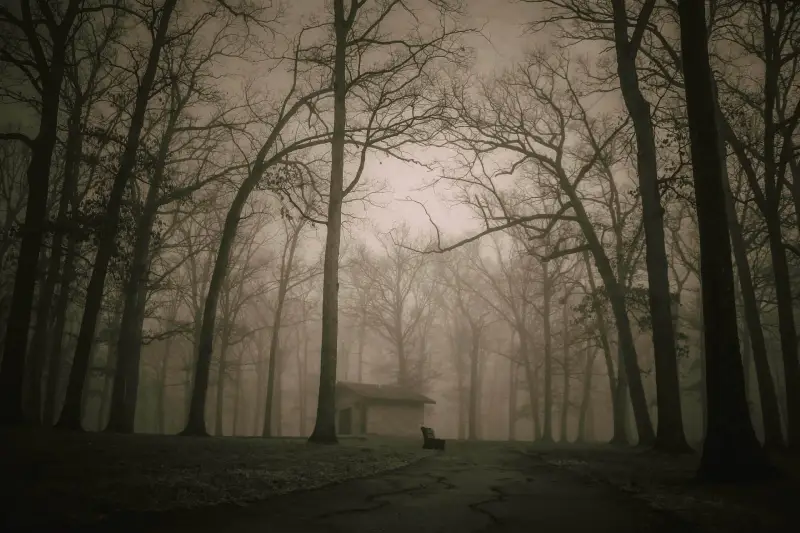
Dead Sea (Israel & Jordan):
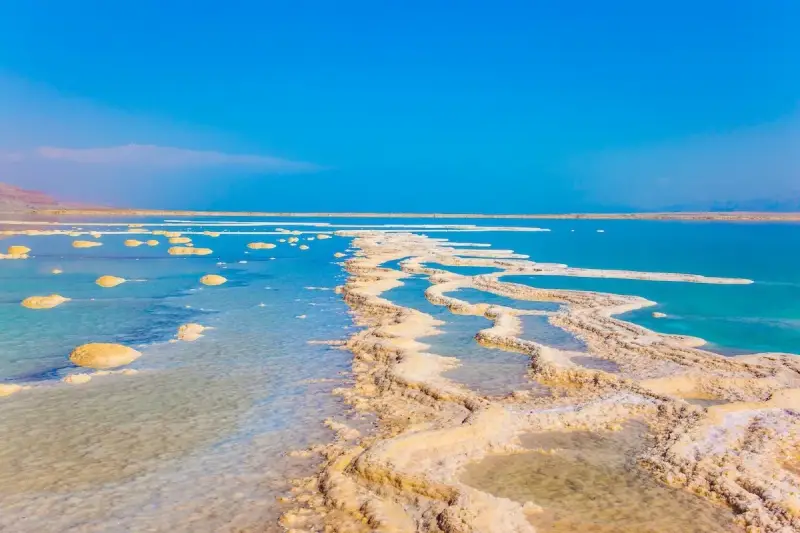
Nestled between Israel and Jordan, the Dead Sea is one of the most eerily named locations that speaks volumes about its unique composition. This hypersaline lake is devoid of most aquatic life due to its incredibly high salt content, making it a place where “names that mean death” but rather, life struggles to exist.
Skeleton Coast (Namibia):
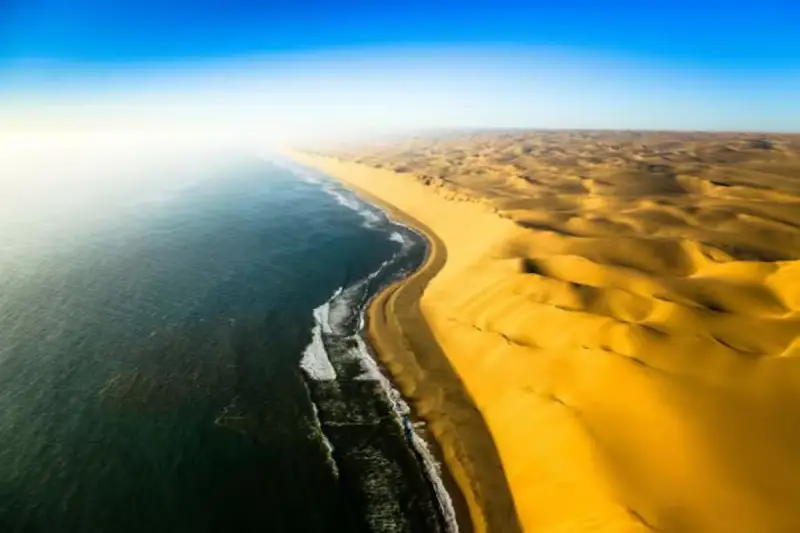
The vast Namib Desert in Namibia stretches its unforgiving terrain along the Atlantic coast, earning the name Skeleton Coast. Shipwrecks litter the shoreline, victims of treacherous currents and thick fog. The bleached bones of whales and other marine animals scattered across the sands serve as a stark reminder of the harsh reality of this environment.
Coffin Bay (South Australia):
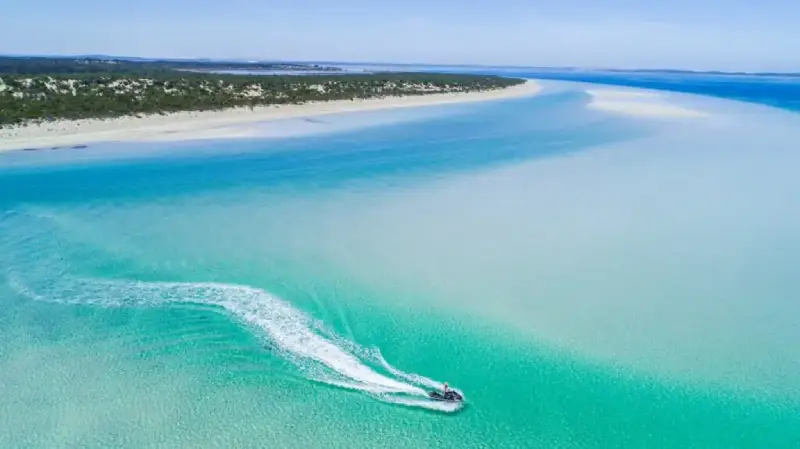
Located on the southern tip of South Australia, Coffin Bay might sound like a final resting place, but its namesake comes from a simpler origin. In the early 1800s, Captain Matthew Flinders discovered numerous coffins – actually whale vertebrae – washed ashore, leading him to christen the bay with its current moniker. Today, Coffin Bay is known for its thriving oyster industry and pristine coastline.
Valley of the Shadow of Death (California, USA):
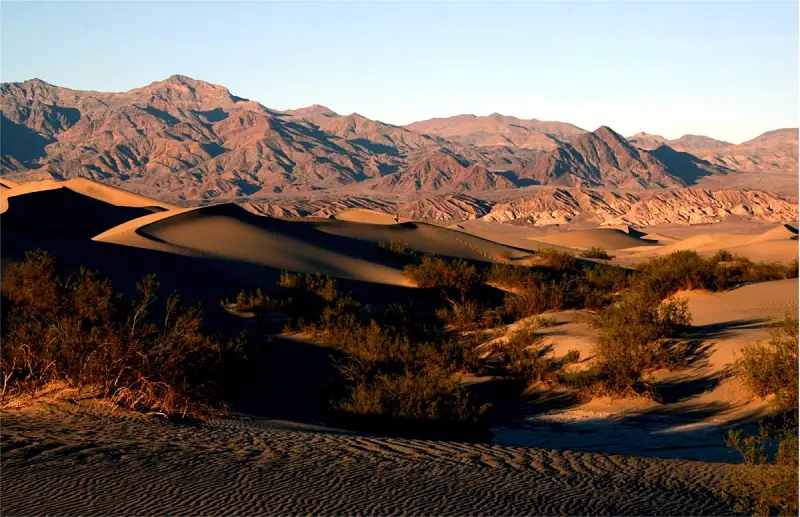
Nestled within Death Valley National Park in California lies a desolate canyon aptly named the Valley of the Shadow of Death. The scorching desert heat, parched earth, and lack of vegetation create a hauntingly beautiful landscape that evokes a sense of isolation and vulnerability. Early explorers who braved its unforgiving terrain might have felt a very real fear for their lives, contributing to the ominous name.
Isla de las Muñecas (Mexico):
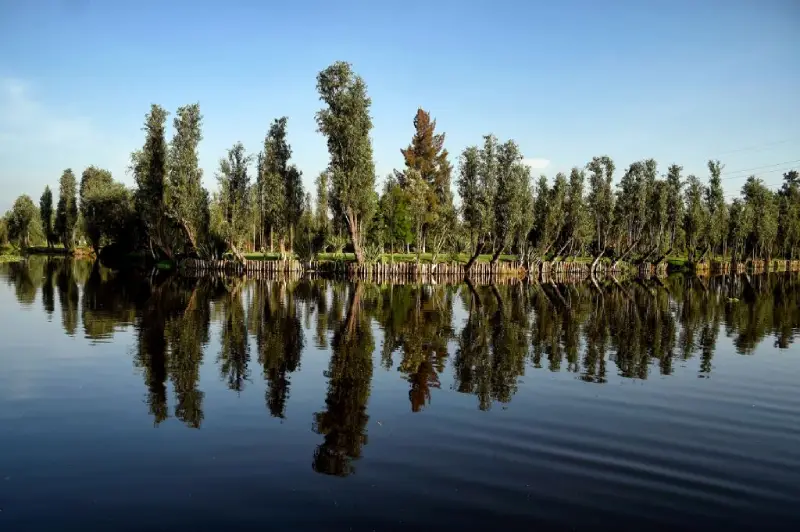
This small island, south of Mexico City, translates to “Island of the Dolls.” Legend tells of a man named Don Julian who, after accidentally drowning his daughter, began collecting discarded dolls as a way to appease her spirit. Over time, the island became cluttered with hundreds of weathered dolls, some with missing limbs and unsettling smiles. While the story may be apocryphal, the sight of these eerie dolls hanging from trees and dilapidated buildings leaves a lasting impression.
Ilha da Queimada Grande (Brazil):
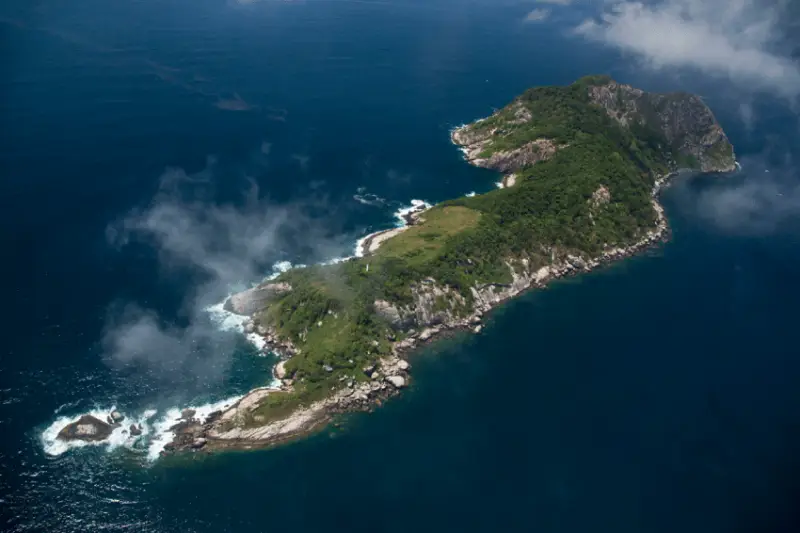
Also known as Snake Island, this aptly named Brazilian island lives up to its reputation. Teeming with an estimated 4,000 venomous snakes, primarily the highly poisonous golden lancehead viper, it’s one of the most dangerous islands on Earth. Off-limits to the public, Ilha da Queimada Grande serves as a chilling reminder of the power and perils of nature.
Silent Hill (West Virginia, USA):
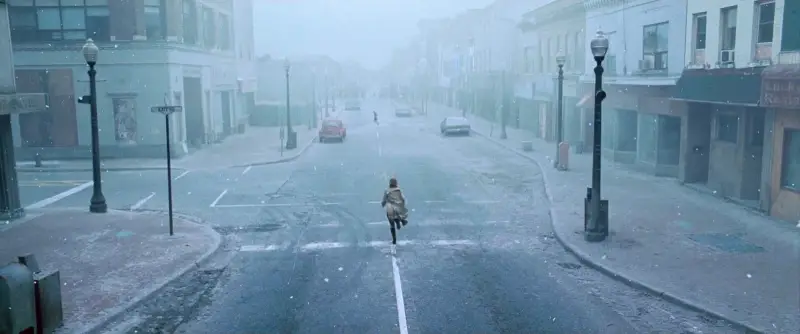
Though not a single location, the name “Silent Hill” evokes a sense of eerie desolation. Several towns in West Virginia bear this name, likely due to their isolated locations and sparse populations. The association with the popular horror video game series of the same name has further cemented the unsettling connotation of the name “Silent Hill.”
Mount Doom (New Zealand):
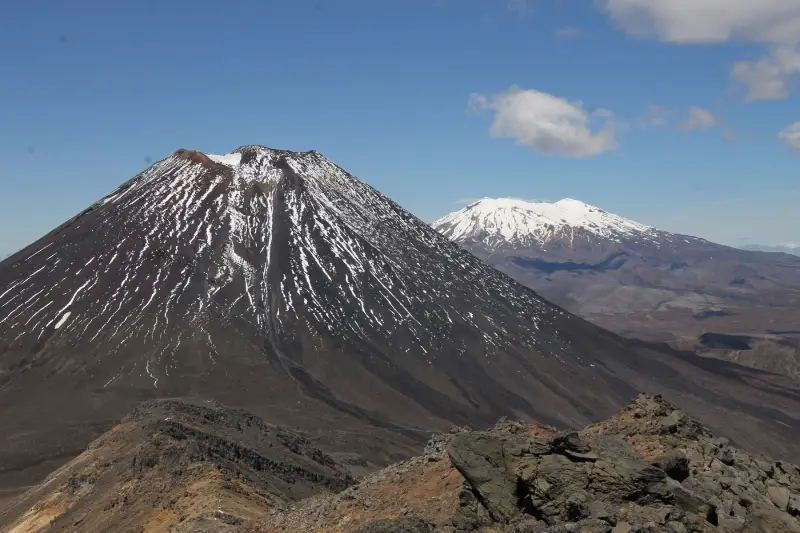
Located in New Zealand’s Tongariro National Park, Mount Doom might sound like a fictional creation from a fantasy novel. However, this volcanic peak played a central role in the filming of the “Lord of the Rings” trilogy. The imposing, barren landscape, complete with volcanic vents and rugged terrain, provided the perfect backdrop for the fiery Mount Doom of Middle-earth.
Gates of Hell (Derweze, Turkmenistan):
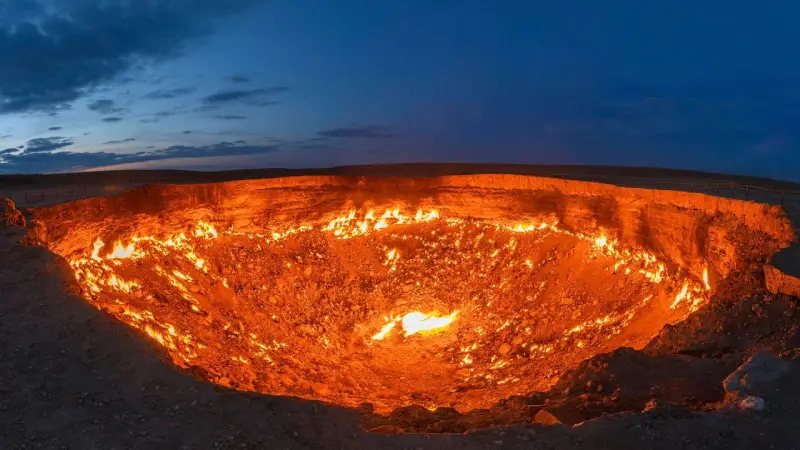
Located in the heart of the Karakum Desert in Turkmenistan, the Gates of Hell is a natural gas field that has been perpetually burning since the 1970s. Soviet geologists accidentally drilled into a cavern filled with natural gas, which they attempted to burn off. The fire continues to rage even today, creating an otherworldly spectacle of flickering flames and scorching heat.
Hangman’s Point (Australia):

Several locations in Australia bear the grim name “Hangman’s Point.” These were typically sites where public executions took place during the colonial era. Today, these locations serve as a somber reminder of a bygone era and the harsh realities of colonial justice.
Cannibal Bay (Fiji):
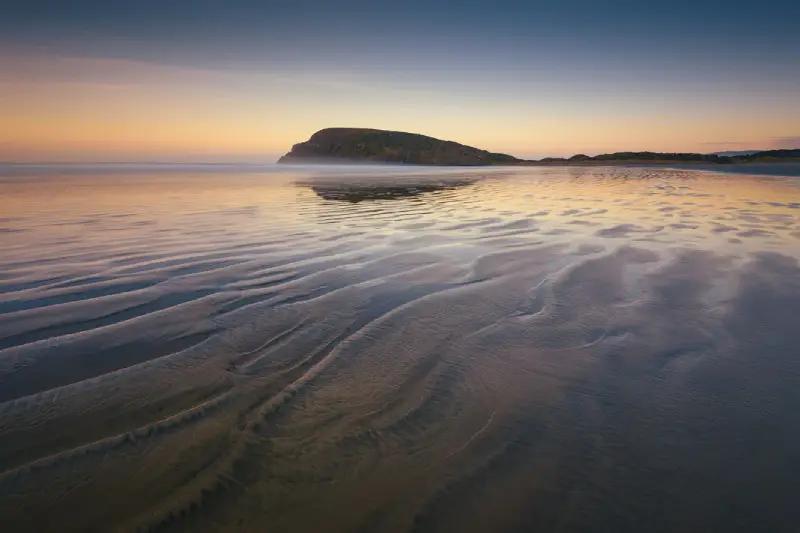
Located on the island of Vanua Levu in Fiji, Cannibal Bay evokes a sense of terror and savagery. While cannibalism was indeed practiced by some Fijian tribes in the past, the name likely comes from a misunderstanding by early European explorers who encountered fierce warriors and misinterpreted their rituals. Today, Cannibal Bay is a popular tourist destination with stunning coral reefs and a rich cultural heritage.
Cape Disappointment (Washington, USA):
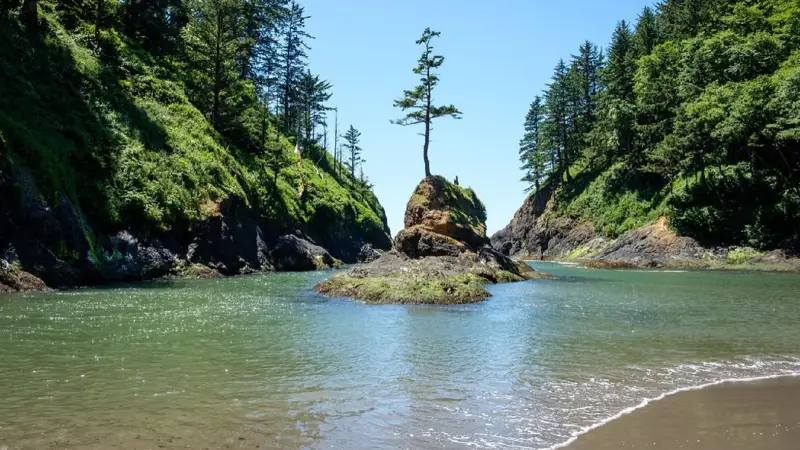
Explorers sailing along the Washington coast in the 1700s were likely disappointed when they encountered Cape Disappointment. Their hopes of finding a navigable passage through the dense forests and treacherous coastline were dashed, leading to the name that persists to this day. Despite its name, Cape Disappointment offers stunning views of the Pacific Ocean and is a popular spot for whale watching.
Lost Dutchman’s State Park (Arizona, USA):
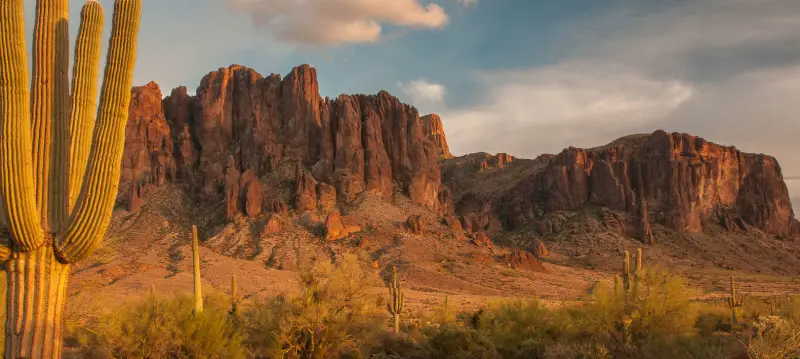
Deep within the Superstition Mountains of Arizona lies Lost Dutchman’s State Park. The park’s name stems from the legend of a lost gold mine supposedly hidden by a German immigrant named Jacob Waltz. Though countless treasure hunters have scoured the area over the years, no definitive proof of the mine’s existence has ever been found. The rugged beauty and challenging trails of Lost Dutchman’s State Park offer a thrill for adventurous hikers, even if they don’t strike gold.
Isle of Hearing Aid (Nova Scotia, Canada):
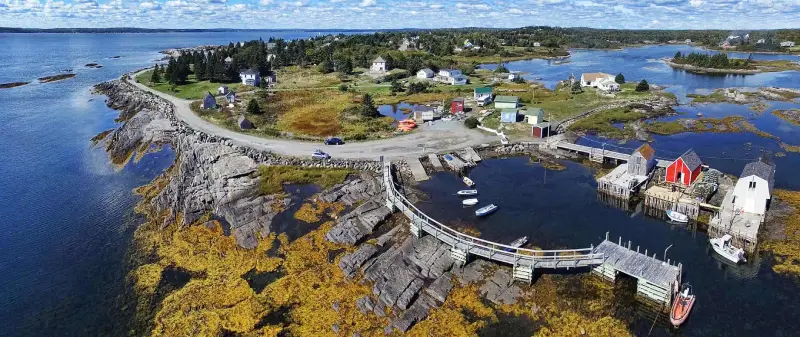
This seemingly innocuous name for a small island off the coast of Nova Scotia actually has a macabre origin. Originally named “Isle of Haute,” the name was misinterpreted and corrupted over time, morphing into the more unsettling “Isle of Hearing Aid.” Another theory suggests the island was a dumping ground for unwanted hearing aids, though there’s no concrete evidence to support this claim.
Suicide Forest (Aokigahara, Japan):
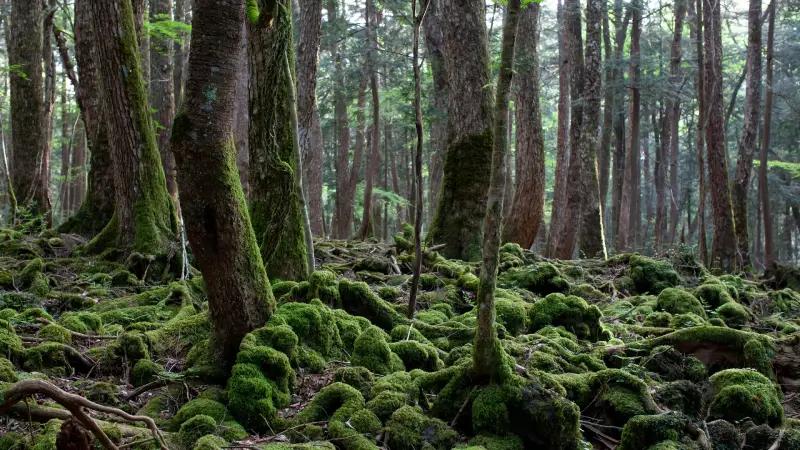
The Aokigahara forest at the foot of Mount Fuji in Japan is a place shrouded in a tragic reputation. Widely known as “Suicide Forest,” it’s sadly a location where a high number of suicides have taken place. The dense vegetation and eerie silence contribute to a sense of isolation that might attract those feeling despair. Efforts are underway to raise awareness about mental health and prevent further tragedies in this troubled location. 16. Ilha da Queixada (Brazil): Not to be confused with Ilha da Queimada Grande (Snake Island), Ilha da Queixada translates to “Jaw Island” in English. Located off the coast of Brazil, this island is home to a unique geological feature – a collection of enormous rocks that resemble giant teeth jutting out from the water. The sight is undeniably impressive, though perhaps a little unsettling for those with a fear of dentistry.
Coffin Ridge (Washington, USA):
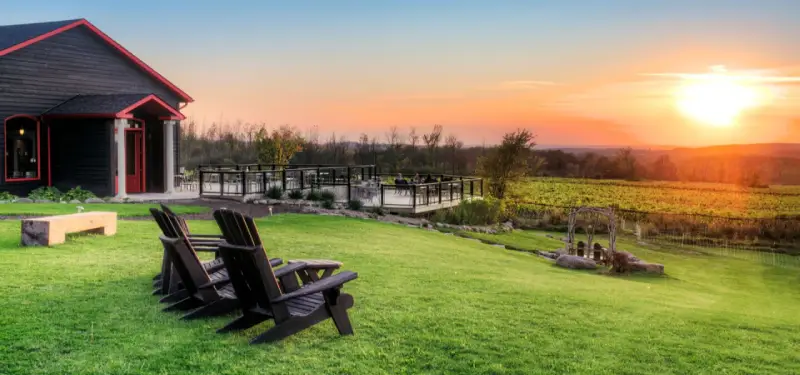
High atop the Olympic Mountains in Washington state lies Coffin Ridge. The origin of the name remains shrouded in mystery, though some speculate it might be due to the discovery of human remains or the resemblance of the ridge’s shape to a coffin. Despite the morbid place names, the area boasts breathtaking natural beauty with sweeping mountain vistas and abundant wildlife.
Dead Man’s Curve (Various Locations):
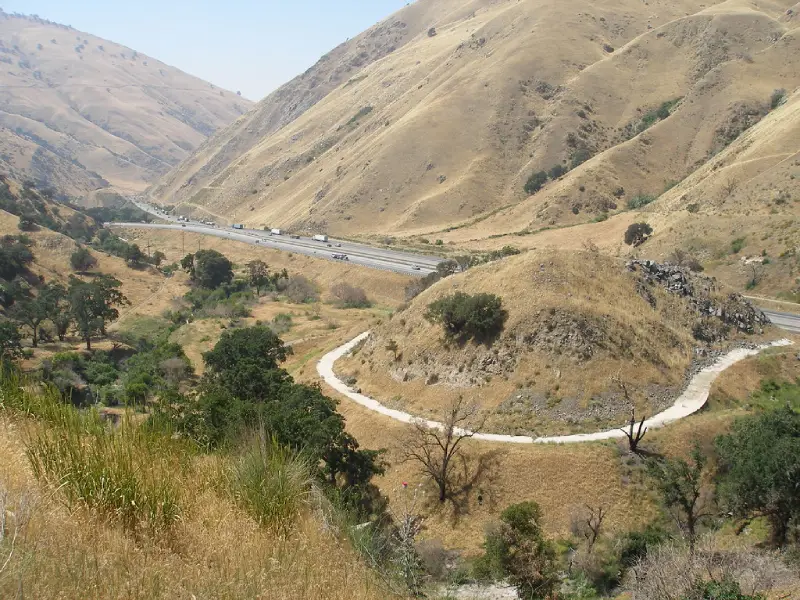
This name pops up in countless locations around the world, typically referring to a sharp bend in the road with a history of accidents. The ominous moniker serves as a stark reminder of the dangers of reckless driving and the fragility of life. While the exact origin is unknown, the widespread use of “Dead Man’s Curve” underscores the unfortunate reality of these accident-prone locations.
Skull Island (Indonesia):
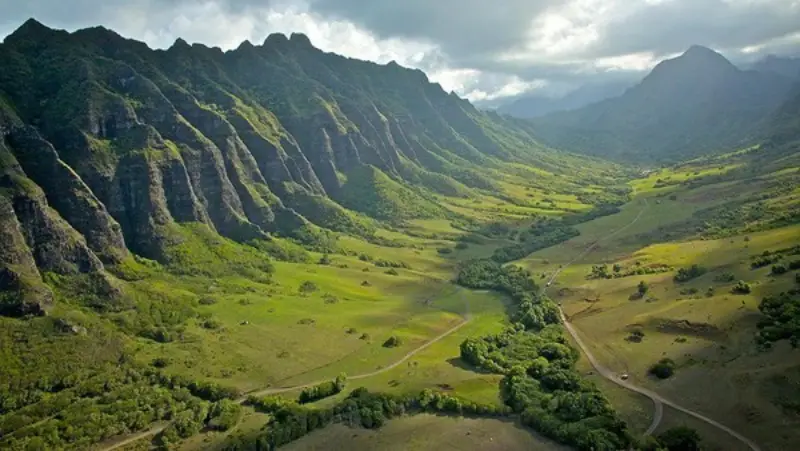
Several islands in Indonesia bear the name “Skull Island,” likely inspired by the distinctive rock formations that resemble skulls. These islands often have a rich cultural significance and may be associated with local legends and folklore. While the name might sound like something out of a pirate movie, the real-life Skull Islands offer a glimpse into fascinating local customs and stunning natural beauty.
Valley of the Headless Men (Tierra del Fuego, Argentina):
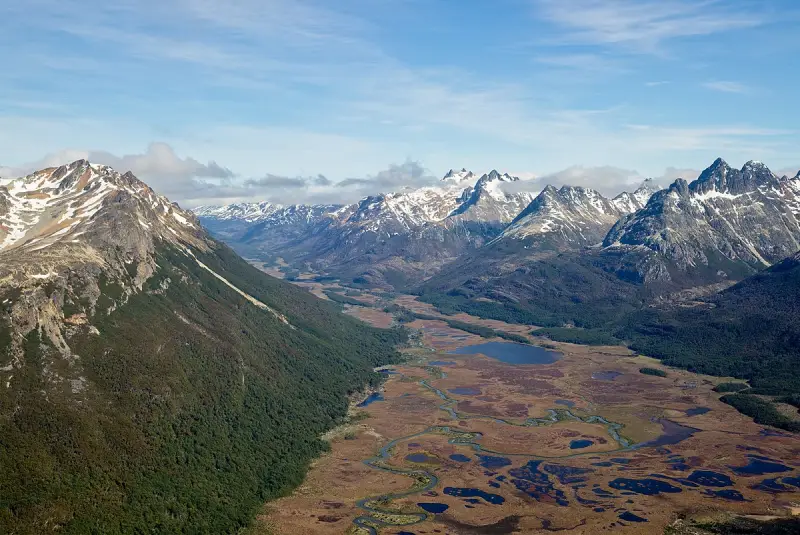
Located in the remote Tierra del Fuego archipelago at the southern tip of South America lies the Valley of the Headless Men. The name has a gruesome origin story – a battle between rival indigenous tribes where the victors severed the heads of the defeated. While the historical accuracy of this tale is debated, the name remains, a chilling reminder of past conflicts and the harsh realities of life in this unforgiving environment.
Conclusion: A Tapestry of History and Mystery
The world is a place brimming with stories, and these morbidly named locations offer a glimpse into its fascinating, and sometimes unsettling, past. From the desolate landscapes scorched by eternal flames to the eerie reminders of human tragedy, these names evoke a sense of mystery and intrigue. While some names may send shivers down your spine, others might pique your curiosity and inspire you to delve deeper into the history and legends associated with these places. Whether beautiful or bleak, these locations serve as a testament to the enduring power of human stories and the enduring influence of the past on the present. So, the next time you encounter a place with a morbid name, take a moment to ponder its story. It might just lead you on an unexpected journey of discovery.
